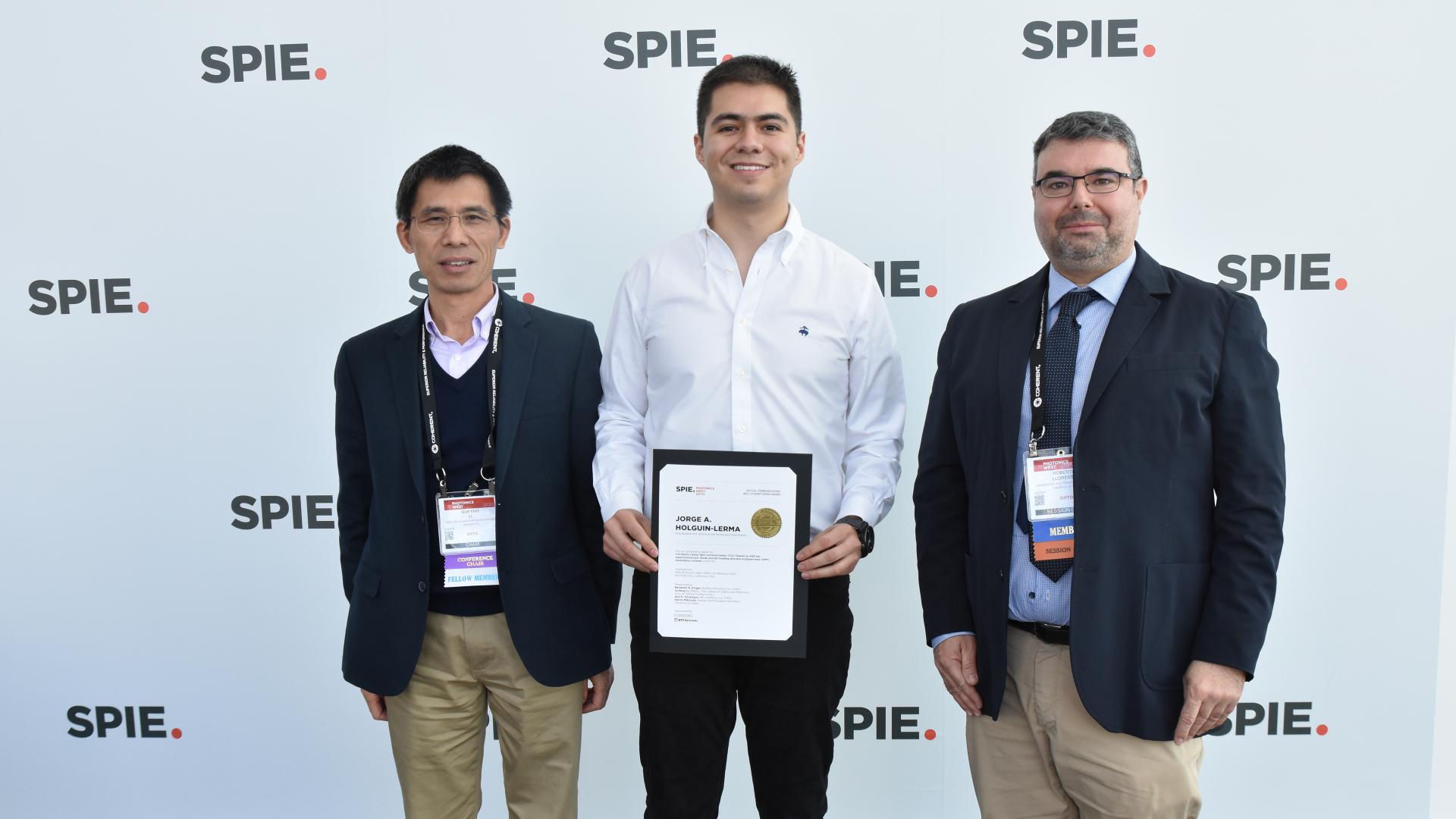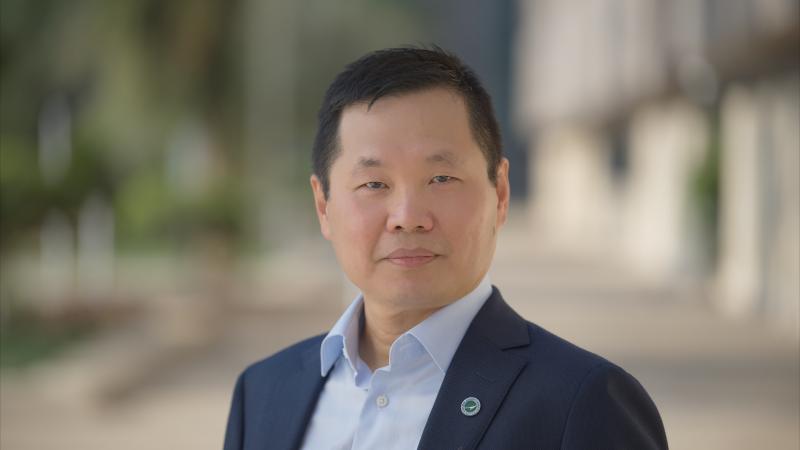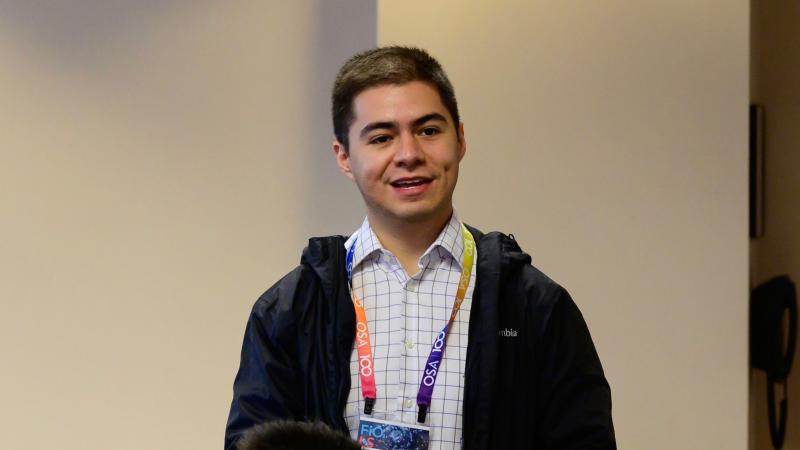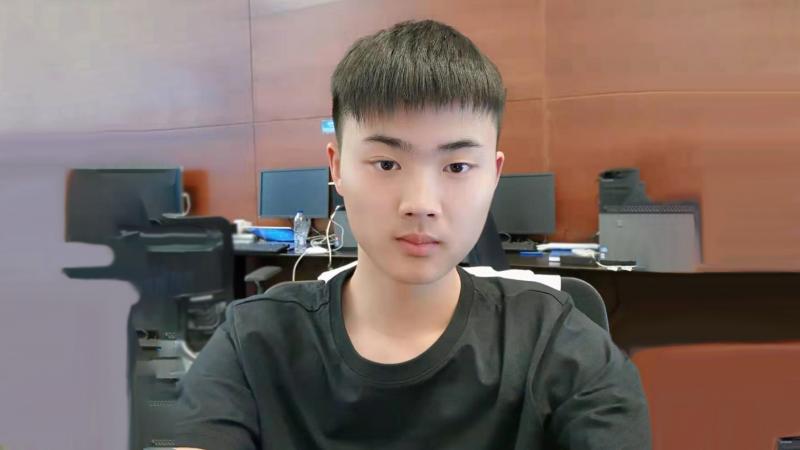By David Murphy
The International Society for Optics and Photonics (SPIE) recently awarded KAUST Ph.D. student Jorge Holguín-Lerma with the SPIE Photonics West 2020 Optical Communications Best Student Paper Award. The award acknowledged Holguín-Lerma’s most notable recent broad impact results in the area of optical communications.
Holguín-Lerma received his award and presented his research at the premier event for the photonics and laser communities held in San Francisco early last month. “For me, the award is an international, peer-reviewed recognition from my technical community. Therefore, these types of awards are valuable for me as a young researcher,” he noted.
His winning paper, titled “3.8-Gbit/s visible light communication (VLC) based on 443-nm superluminescent diode and bit-loading discrete-multiple-tone (DMT) modulation scheme,” was the result of a research collaboration between KAUST and Fudan University, China. The paper investigates an advanced modulation format for transmitting wireless data by using a blue-emitting superluminescent diode as the transmitter.
“The paper was part of a collaboration established by Professor Boon Ooi at KAUST and Professor Nan Chi at Fudan University. With this partnership, I worked with my colleague Fangchen Hu to study the combined fields of optical communication and semiconductor device development. Fangchen’s expertise in optical communications, together with my expertise in devices, resulted in some outstanding interactions and teamwork.”
“The paper’s findings show the record data transmission speed for any superluminescent diode used in optical communication,” Holguín-Lerma added.
Introducing a new type of physical technology
As a member of the KAUST Photonics Laboratory, the interdisciplinary researcher focuses on the study of visible-light emitters such as distributed-feedback lasers and superluminescent diodes. These laser-diode based devices are made from a semiconductor material called gallium nitride (GaN) and emit a light source from violet and blue to green.
“In the Photonics Laboratory, I research how these devices work and how we can demonstrate new applications with them. I also study how these devices could provide a new baseline for technology in the near future,” he explained.
“Light emitters are sometimes overlooked. I believe that new discoveries are still waiting behind that light,” Holguín-Lerma emphasized. “Moving forward, I want to put my skills together and create innovative light-based technology that can serve as many people as possible—now and in the future.”



